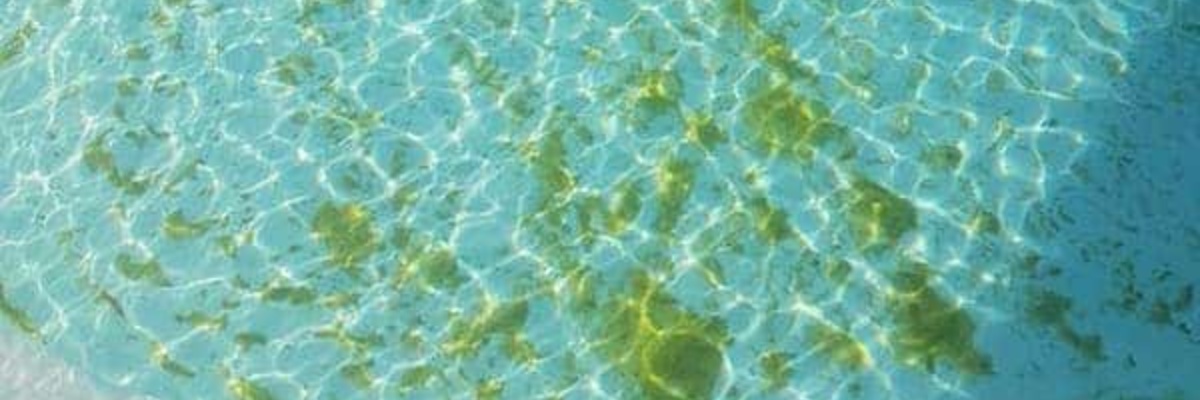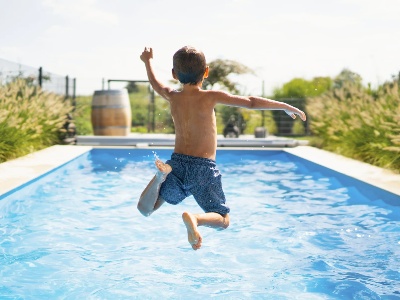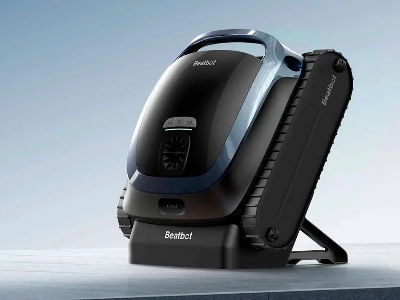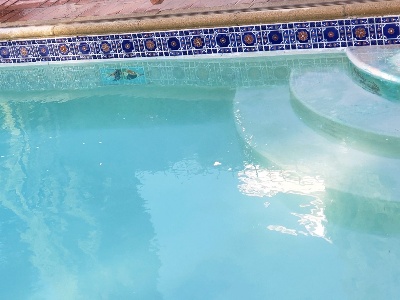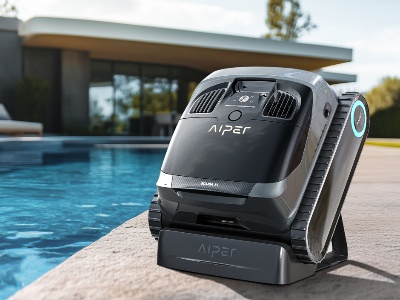How to Get Rid of Yellow Algae
Balancing Your Pool's Chemistry to Prevent Algae
A properly balanced pool is your first defense against yellow algae. Maintaining optimal water chemistry – with a pH ideally between 7.2 and 7.6 and a sufficient chlorine level – creates an environment that discourages algae growth. Regular testing using quality kits is key to quickly adjusting chemical doses and ensuring that conditions remain stable. In addition, using preventive treatments can further lower the risk of algae outbreaks. Many pool owners now rely on periodic curative chemical treatments, such as those offered by Mareva, which are specially formulated to break down yellow algae once they appear. These treatments work by destabilizing the algae's structure and making them easier to remove during cleaning cycles. Coupling chemical maintenance with consistent cleaning of filters and circulation systems not only keeps the water clear but also minimizes the nutrients that algae need to thrive. This balanced approach is crucial for long-term pool health and ensures that your investment in your aquatic space is well protected.
Manual and Mechanical Cleaning Techniques
Even with excellent chemical balance, some yellow algae may stubbornly cling to pool surfaces. Manual cleaning remains a cornerstone of effective pool maintenance. Regular brushing of the walls, floor, and steps helps dislodge algae that have become firmly attached, allowing your filtration system to more easily remove the debris. Using a soft-bristled brush and mild cleaning agents, you can target those hard-to-reach areas where algae often accumulate. Complementing manual efforts, mechanical cleaning devices such as vacuum systems and robotic cleaners provide an automated solution to routine maintenance. While high-end robots – for example, those in Beatbot's AquaSense range – can cover a large area, they might still miss tight corners or heavily encrusted spots. By combining these automated devices with targeted manual brushing, you ensure a thorough cleaning process that not only removes visible algae but also helps prevent future outbreaks. This hybrid cleaning strategy is ideal for owners who demand both convenience and perfection in pool upkeep.
Innovative Solutions: ClearWater Technology and Robotic Cleaners
Technological advancements have brought forward robotic pool cleaners that are designed to work even under challenging conditions, such as pools affected by yellow algae. Innovative systems like ClearWater enhance these robots by binding fine particles, which makes filtration more effective and reduces the reliance on chemicals. Models from Beatbot's AquaSense series – including AquaSense Pro and AquaSense 2 Pro – integrate ClearWater technology to boost their cleaning performance. These robots autonomously cover the entire pool, efficiently removing debris before it can settle and form algae. However, even the most advanced devices may require occasional manual intervention for stubborn spots. While several competing brands such as Aiper, Dolphin Maytronics, Zodiac, and Hayward offer effective cleaning solutions, the integration of ClearWater in select Beatbot models stands out for its ability to reduce maintenance efforts and ensure clear water. This innovative blend of automation and smart technology provides a modern solution to traditional pool cleaning challenges.
Curative Chemical Treatments and Practical Advice
When preventive measures are not enough to control yellow algae, curative chemical treatments become essential. Products from companies like Mareva are designed to target and eliminate algae that have already taken hold. These treatments break down the algae structure and restore the water's balance, making subsequent cleaning cycles more effective. For optimal results, curative treatments should be applied after a thorough mechanical cleaning to remove as much of the algal mass as possible. Regular monitoring of water quality is also vital to adjust treatment levels promptly. In many cases, combining a chemical approach with routine mechanical cleaning ensures a more rapid and lasting solution. Simple practices, such as regularly checking the filters, rinsing the equipment with fresh water, and scheduling extra cleaning cycles during periods of high algae proliferation, can significantly enhance the overall effectiveness of the treatment. This integrated approach helps maintain a healthy aquatic environment while preserving the longevity of your pool equipment.
Combining Methods for Optimal Maintenance
No single method can guarantee the complete eradication of yellow algae; a hybrid approach that combines automated cleaning, manual brushing, and chemical treatments is often the most effective. By integrating the strengths of robotic cleaners with the precision of targeted manual efforts, pool owners can achieve superior results. For example, after a routine cleaning cycle by a robot, a quick manual brush of stubborn areas ensures that no residue is left behind. Scheduling additional cleaning cycles during high-risk periods further prevents algae from establishing a foothold. This strategy not only improves the immediate appearance of your pool but also extends the life of your cleaning devices and reduces overall maintenance costs. Expert advice consistently supports this multifaceted approach, highlighting that an investment in a comprehensive maintenance routine pays dividends in long-term water quality and operational efficiency. Whether you opt for a state-of-the-art robot from Beatbot's AquaSense series or incorporate traditional cleaning methods, a balanced, hybrid strategy is key to keeping your pool pristine.
Return on Investment and Future Perspectives
Investing in a comprehensive approach to eliminate yellow algae yields benefits that extend far beyond immediate water clarity. The combination of automated robotic cleaning, manual intervention, and curative chemical treatments not only ensures a sparkling pool but also minimizes long-term maintenance costs. High-performance models, whether from Beatbot's AquaSense range or from other reputable brands, offer substantial energy savings and reduce the need for frequent repairs. Moreover, the integration of innovative technologies such as ClearWater indicates a promising future where pool maintenance becomes increasingly efficient and user-friendly. As these technologies continue to evolve, homeowners can expect even more reliable and cost-effective solutions. The savings in time and chemical usage, along with the enhanced longevity of pool equipment, translate into a strong return on investment. This holistic maintenance strategy ensures that your pool remains a safe, attractive, and enjoyable space for years to come, making it a wise and forward-thinking investment for any discerning pool owner.

